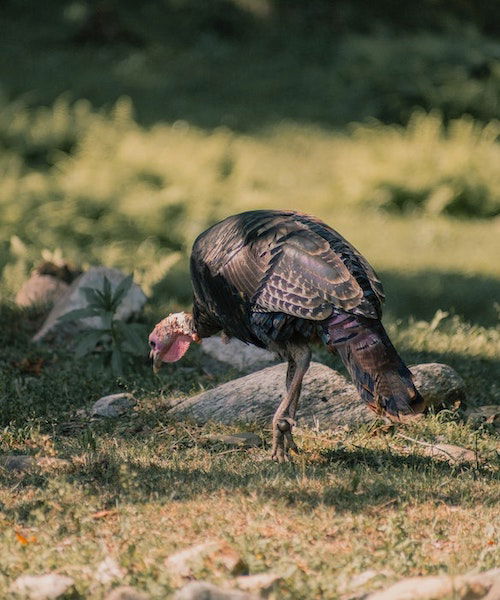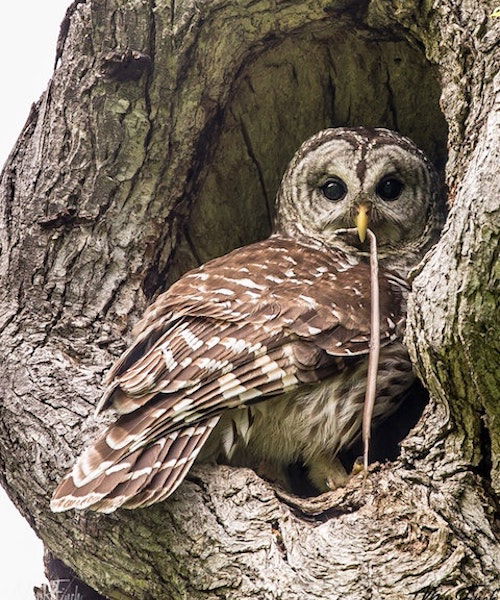Exploring Presqu’ile Provincial Park
Photo by Mushtche via Wikimedia Commons
Hey there, Creation Explorer!
Where in Ontario, Canada, can you find a massive bird migration hotspot, the province’s second-oldest operating lighthouse, and the largest protected marsh on the north shore of Lake Ontario? Only at Presqu’ile (pronounced “pres-keel”) Provincial Park!
We’re currently living in Eastern Ontario, just 20 minutes from the beautiful shores of Lake Ontario. This lake is the most easterly of the five Great Lakes and is the smallest by area. It receives most of its water from the Niagara River (home to the famous Niagara Falls) and drains out to the Atlantic Ocean via the St. Lawrence River.
Lake Ontario, like the other Great Lakes and the Niagara River and Falls, was formed after the flood, as post-flood glaciers retreated as the ice age ended. The ice, rocks, and fast-moving water rapidly carved out river and lake beds that we still see today.
And it’s this lake that’s home to Presqu’ile Provincial Park.
We recently visited Presqu’ile as a family to go birding—and we weren’t disappointed! No matter the time of year, there are birds to be seen at this park. In the spring and fall, 338 different bird species may pass through Presqu’ile as a stop on their migration pathway. In the summer and winter, various species call the park home and a wide variety of waterfowl breed on the sandy beaches (that’s why there’s a strict “no dogs” policy on the beaches).
So what did we see during our time in the park? Well, I’ll highlight three species we saw—but I want you to see if you can guess what each one was! (No peeking ahead at the photos!)
Species 1
The first species we spotted
- is a waterfowl species,
- is a member of the duck kind, along with geese,
- mates for life,
- is white with a bright orange bill,
- and is the main character in The Tale of the Ugly Duckling.
Did you guess the species? That’s right! We spotted several pairs of mute swans dabbling in the water, looking for vegetation to eat.

Photo by Diana Parkhouse on UnSplash
Did you know? Mute swans are a common sight in much of North America, but they aren’t a native species! They were brought over from their native Europe in the mid-1800s and early-1900s to grace estates, parks, and zoos, but they liked the climate and environment a little too much! Many escaped, and soon a breeding population was established. Now they’re a common waterbird in parts of the US and Canada.
(This is one reason you should never move one species to another area—it could become invasive! You can learn all about how this happened to a little boy named George in Cincinnati, Ohio, in Schus Off! Season One: Climbers, now streaming on Answers TV).
Species #2
- was suggested as the American national symbol (it got beat out by the more majestic-looking bald eagle),
- roosts overnight in tall trees,
- can fly for short distances at 50 mph,
- almost went extinct, but conservation efforts saved this large bird, and it’s once again a common sight in much of North America,
- and is a member of the land fowl kind, along with chicken and pheasants.
Did you guess the species? That’s right! We spotted a flock of wild turkeys on their way back into the forest.

Photo by Jp Valery on UnSplash
Did you know? A turkey’s droppings (a nicer word for poop) can tell you whether the turkey is a tom (a male) or a hen (a female). A tom will have j-shaped droppings; a female will have spiral-shaped droppings. Are the droppings skinny? It’s a young bird. Is it thicker in diameter? An older bird left that behind.
Species #3
The third species we spotted
- doesn’t migrate—it hardly even moves from the same general area,
- can climb trees as babies,
- is most threatened by Great Horned Owls that enjoy this species as a snack,
- makes a call that sounds like “who cooks for you?”
- and eats a wide variety of other animals, including crayfish (but if it eats too many, the feathers under its wings might turn pink, just like a flamingo!)
Did you guess the species? This one was the hardest—if you guessed an owl, you’re on the right track! We spotted a small owl species, the barred owl, hanging out on a tree branch by the side of the park road.

Photo by May Finch on UnSplash
Did you know? Not all owls are awake at night! An owl’s eye color tells you what time it is generally active. Owls with dark brown or black eyes (like the creature friend we saw) are nocturnal, while owls with yellow eyes are diurnal (active during the day). Owls with orange eyes are crepuscular (active at dawn and dusk).
Come with us to Presqu’ile and enjoy the wildlife in this short video:
Well, we’re off on another adventure. Until next time, remember to stop and thank our incredible Creator God who formed each bird kind and filled our world with such a dazzling display of beauty in the air, trees, water, and ground.
Worthy are you, our Lord and God, to receive glory and honor and power, for you created all things, and by your will they existed and were created. (Revelation 4:11)
P.S. Go birding with us in Schus Off! Season 2: Birders as we meet African crowned cranes, a Eurasian eagle owl, and Trevor’s favorite bird of them all. Seasons 1 and 2 are now streaming on Answers TV.
- © 2024 Answers in Genesis
- Privacy Policy
- Contact
- About
